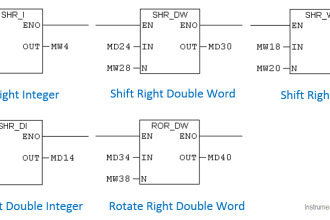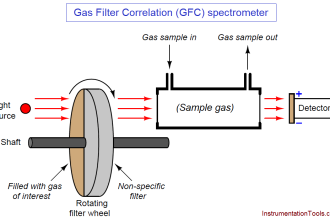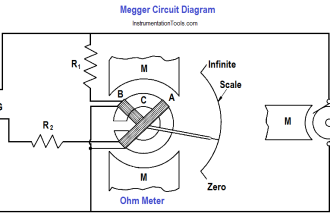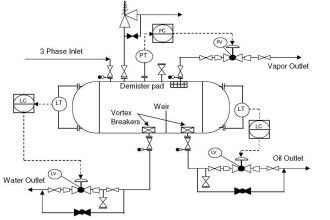GC Column Efficiency and Column Resolution Questions and Answers
1. Which of the following is the distance that the solute moves while undergoing one partition?
a) Retention distance
b) Distribution constant
c) Plate height
d) Column packing length
Answer: c
Explanation: Plate height is the distance that the solute moves while undergoing one partition. It is expressed in length.
2. Which of the following conditions will cause the efficiency of the column to increase?
a) Plate number becomes greater, plate height becomes smaller
b) Plate number becomes smaller, plate height becomes smaller
c) Plate number becomes greater, plate height becomes larger
d) Plate number becomes greater, plate height becomes larger
Answer: a
Explanation: The efficiency of the column increases when the plate number becomes greater and the plate height becomes smaller. Column efficiency greatly depends on plate height and plate number.
3. Which of the following is the expression for Eddy diffusion in the column, if ‘γ’ represents obstruction factor, ‘dp’ represents particle diameter, ‘DM’ represents Solute diffusion coefficient and ‘λ’ represents function for packing uniformity?
a) λ dM
b) 2 γ DM
c) DM γ
d) λ/dM
Answer: a
Explanation: Eddy diffusion is given as, A = λ dp. It is also called multipath term.
4. Which of the following is the expression for longitudinal diffusion in the column, if ‘γ’ represents obstruction factor, ‘dM’ represents particle diameter, ‘DM’ represents Solute diffusion coefficient and ‘λ’ represents function for packing uniformity?
a) λ dM
b) 2 γ DM
c) DM γ
d) λ/dM
Answer: b
Explanation: Longitudinal diffusion is given as, B = 2 γ DM.It is also called axial diffusion.
5. In gas-liquid chromatography, when films are used in the interior of the capillary column, then what is the value of Eddy diffusion?
a) Greater than 1
b) Less than 1
c) Zero
d) Less than zero
Answer: c
Explanation: In gas-liquid chromatography, when films are used in the interior of the capillary column the value of Eddy diffusion (A) is zero. To minimize A, the diameter of packing should be small and uniform.
6. For an unpacked coated capillary column, the obstruction factor takes which of the following values?
a) 0
b) 0.6
c) 1
d) 1.6
Answer: c
Explanation: For an unpacked coated capillary column, the value of obstruction factor is 1. For a packed column, the value is 0.6.
7. Baseline resolution is achieved when degree of resolution/separation is ______
a) 1
b) 0
c) 0.5
d) 1.5
Answer: d
Explanation: Baseline resolution is achieved when the degree of resolution/separation is 1.5. The baseline bandwidths of adjacent bands are almost constant.
8. Which of the following equations give the expression for the plate number, N when ‘tR’ is the adjusted retention time and ‘Wb’ is the width at the base of the peak which is equal to 4 standard deviations.
a) 16 tR2/Wb
b) 4 tR2/Wb
c) (4tR/Wb)2
d) 4 (tR/Wb)2
Answer: c
Explanation: The expression for the plate number, N is given as N = (4tR/Wb)2. It is a dimensionless quantity.
9. It is more difficult to measure the width at half peak height than the base width in the detector output.
a) True
b) False
Answer: b
Explanation: The width at half peak height is easier to measure than the base width. Hence, the plate number is calculated at peak height.
10. The solute, while moving in the column is always in equilibrium with both the stationary phase and the mobile phase.
a) True
b) False
Answer: a
Explanation: The solute, while moving in the column is always in equilibrium with both the stationary phase and the mobile phase. But, the two phases will never be in equilibrium with each other.

















I want all Chromatography, GC,HPLC, Planer, Column, Rtention time, dead time,Retntion Factor Calculations and all chromatography types questions with answers and explanations.